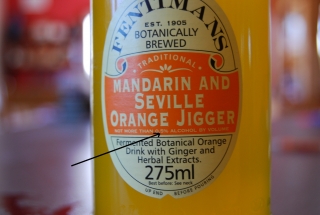I really shouldn’t post this, but it’s my own fault, just before the World Cup started I posted my predictions and now it’s time to see how it compares to what actually happened.
At the group stages when looking at the top two group qualifiers, I got Group A 100% wrong, with France crashing out, I must say Uruguay really caught me out by surprise. For Group B I was 50% correct Argentina wasn’t hard to pick out, but South Korea did well to pop out of that group. Group C well can I call it 100% right? I picked England and the USA to go through, but then the USA topped the group, so I was 100% wrong. Group D and again Germany went through as expected, but I didn’t realise Australia was in such a shambles. For Group E Holland was correct but Cameroon was a big disappointment, I should have been watching out for the coach change. Group F and on this Slovakia did come through for me, but Italy, sorry olde Italy they are in a serious reverse gear. Group G, Brazil came through but the Ivory Coast didn’t and finally Group H was the only one I got 100% correct, with Spain and Chile.
So at the group stage I made 16 predictions and I had 7 correct. I might as well flicked a coin.
Next to the Round of 16, I made 8 predictions and I had 5 correct, hay this is 62.5% correct not too bad right?
In the Quarter Finals I had Brazil, England, Germany, and Italy for wins, but only one of these came through, Germany.
In the Semi’s I had wins for Brazil and Italy, so nothing there but I did predict a loss for Germany in the Semi’s does that count?
My final pick was Brazil, obviously nothing there, but overall I was delighted to see Spain win, especially given the way Holland went about their task and not withstanding I had Spain in the office sweepstakes. I had Germany for 3rd place and this was the one final prediction I got correct, well I’m counting it anyway!
My flip mode prediction of South Korea V Paraguay and Mexico V Portugal semi finals with Mexico winning the final didn’t even get close to coming through.
There we go, I enjoyed the World Cup well at least after the first week’s football, I thought the the first week was awful but it picked up after that. So finally a major lesson learned, don’t predict football scores, nor bet on those predictions I wouldn’t make anything from it. I must also stop playing fantasy football games, I only half watch the team line up and I always seem to be up against professionals.





